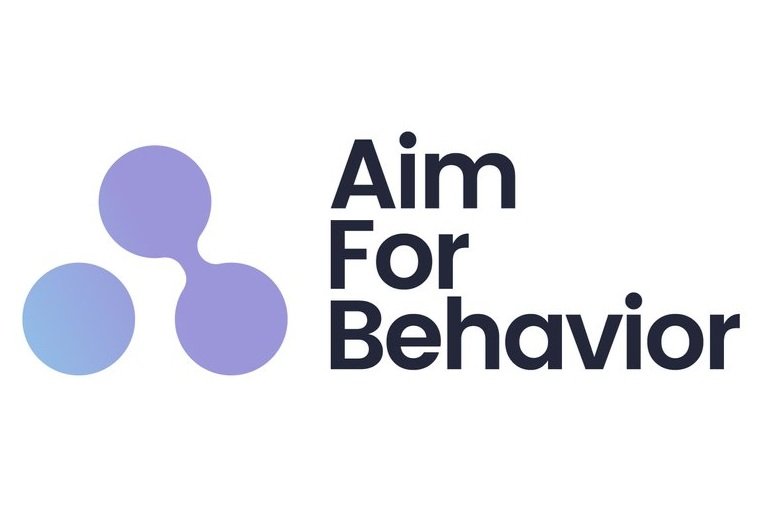Are we too focused on the "doing" and not enough on the thinking? 🤔
In the past, we may have spent too much time contemplating what to build for our customers.
But have we now swung too far to the other side of the spectrum?
We're often encouraged to come up with ideas as quickly as possible and skip the research phase, citing time constraints and the need to test for desirability rapidly.
However, I believe this approach can be a waste of time 🕰️ for more complex issues.
Don't misunderstand me - testing and doing are valuable.
But why approach them blindly? Why rely on our biases and our gut feelings after only one workshop?
Perhaps as we're measured more on outputs, it's leading us to do more and do it faster to meet our KPIs.
But this approach doesn't necessarily deliver the experience we promised to our employees and our customers.
That's why I've started to value slowing down (to speed up) and using more systematic and evidence-based approach.
By slowing down, we can develop better hypotheses to work from, allowing us to move faster in the long run and decrease risk and unintended consequences in our designs.
Our work environment is increasingly complex, and ideating without proper consideration can add to that complexity.
Therefore, let's take a moment to slow down, think things through, and use evidence-based models to guide our decision-making.
P.S
If you want to learn more about systematic ways of working you can have a look at my 2 recent self-paced courses which you can find Here
These are other ways I can help you:
1 ) Get my Behavior Science and Design Courses: Learn to add that missing Behavioral Science layer to your products and services in an easy and practical way
2) Explore my services: I work on small projects or as part of your team
3) Frameworks: Get access to my free frameworks and tools
4) If you want to get Behavior Science and Innovation Tools join my Newsletter

